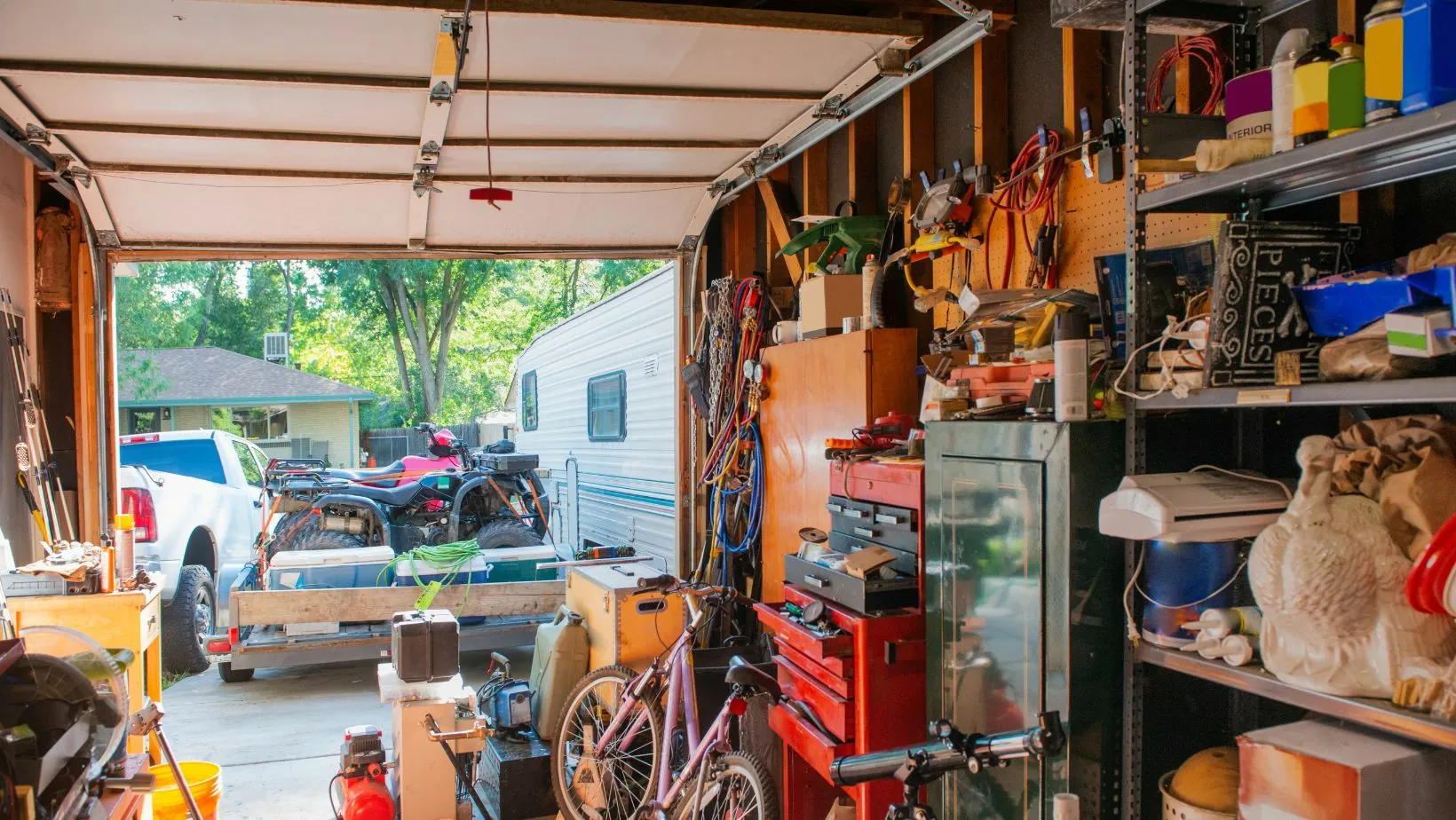Casinos are more than games and lights—they are powerful curators of memory. What people remember after visiting a casino often differs from what actually happened. This mental editing is no accident; it’s encouraged by the environment itself. The decision to place a bet, for instance, can feel more significant in hindsight than the many that followed or preceded it.
Once a person has made their first bet, they’ve crossed an invisible psychological threshold. That moment becomes a reference point—a spark of action that the brain elevates and replays, especially if it was followed by a positive result. Even small wins get magnified in memory, while losses fade into a background blur.
Casinos leverage this tendency by highlighting specific moments: bells ring, lights flash, and jackpots are celebrated, no matter how rare. These cues are strategically placed to reinforce certain experiences while minimizing the mundane or disappointing ones. This selective reinforcement shapes how people remember their time on the floor.
Lighting is one tool in this process. Subtle transitions in brightness can make time feel fluid. Hours pass without notice, and events start to blend together. Players often leave surprised by how long they stayed, even if they didn’t win anything substantial. The brain stores these hours not as individual transactions, but as an emotional narrative.

Color and spatial layout also guide memory. Each section of a casino has a unique look and feel, helping people create mental bookmarks. A glowing slot corner might become “the lucky spot,” even if statistics say otherwise. These small tricks make it easier to romanticize certain areas or experiences, drawing players back to the same locations again and again.
Casinos also exploit the human desire for closure. Games that offer ongoing progress—such as machines with bonus rounds or accumulating points—create the illusion of being “almost there.” This illusion can linger long after the session ends, making players remember how close they came, rather than how often they lost.
Ultimately, the memories we leave with are not neutral—they are constructed. And the casino environment is a master at shaping those constructions. From spatial design to emotional reinforcement, everything works together to leave guests with a sense of excitement, potential, and the desire to return.



